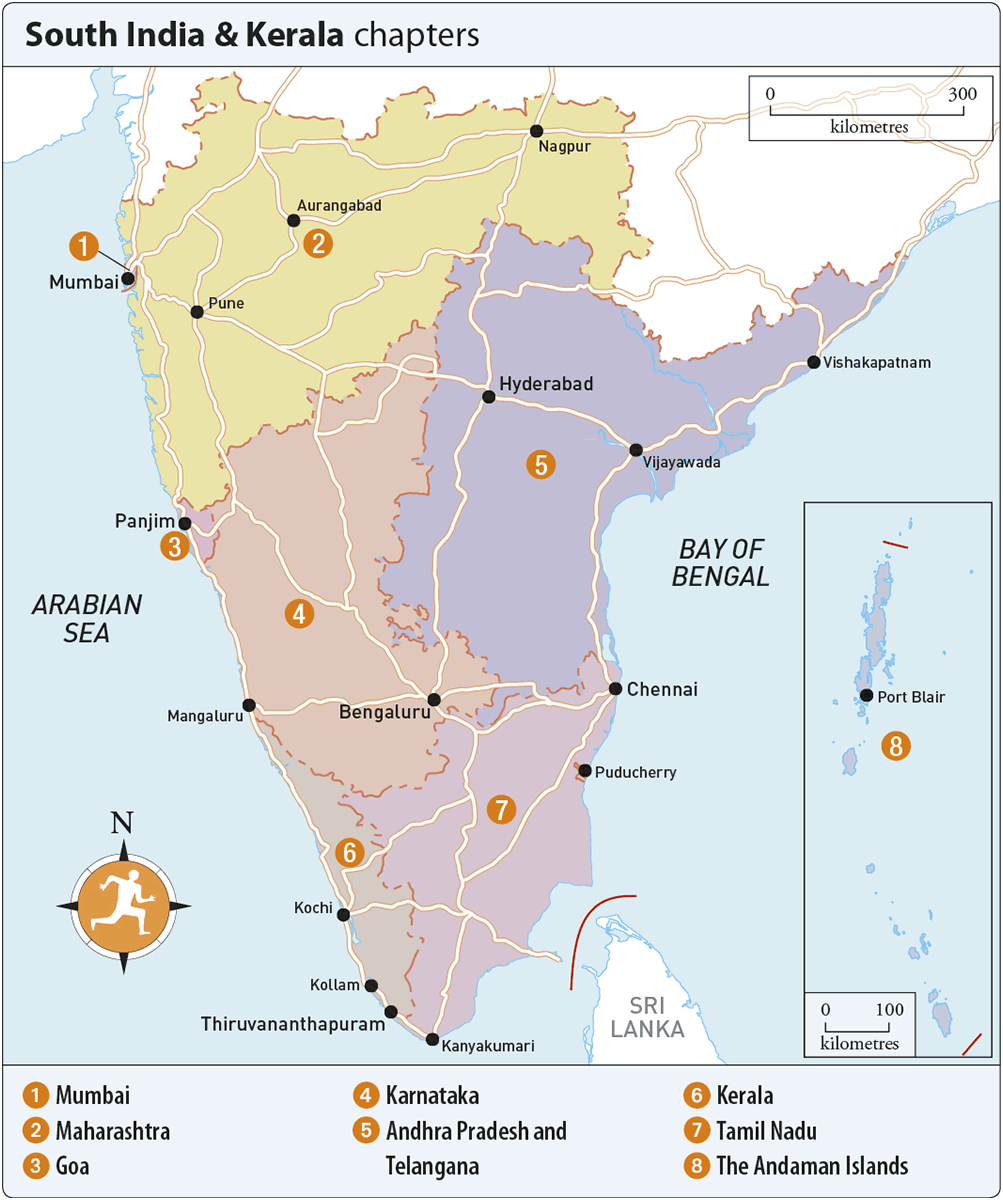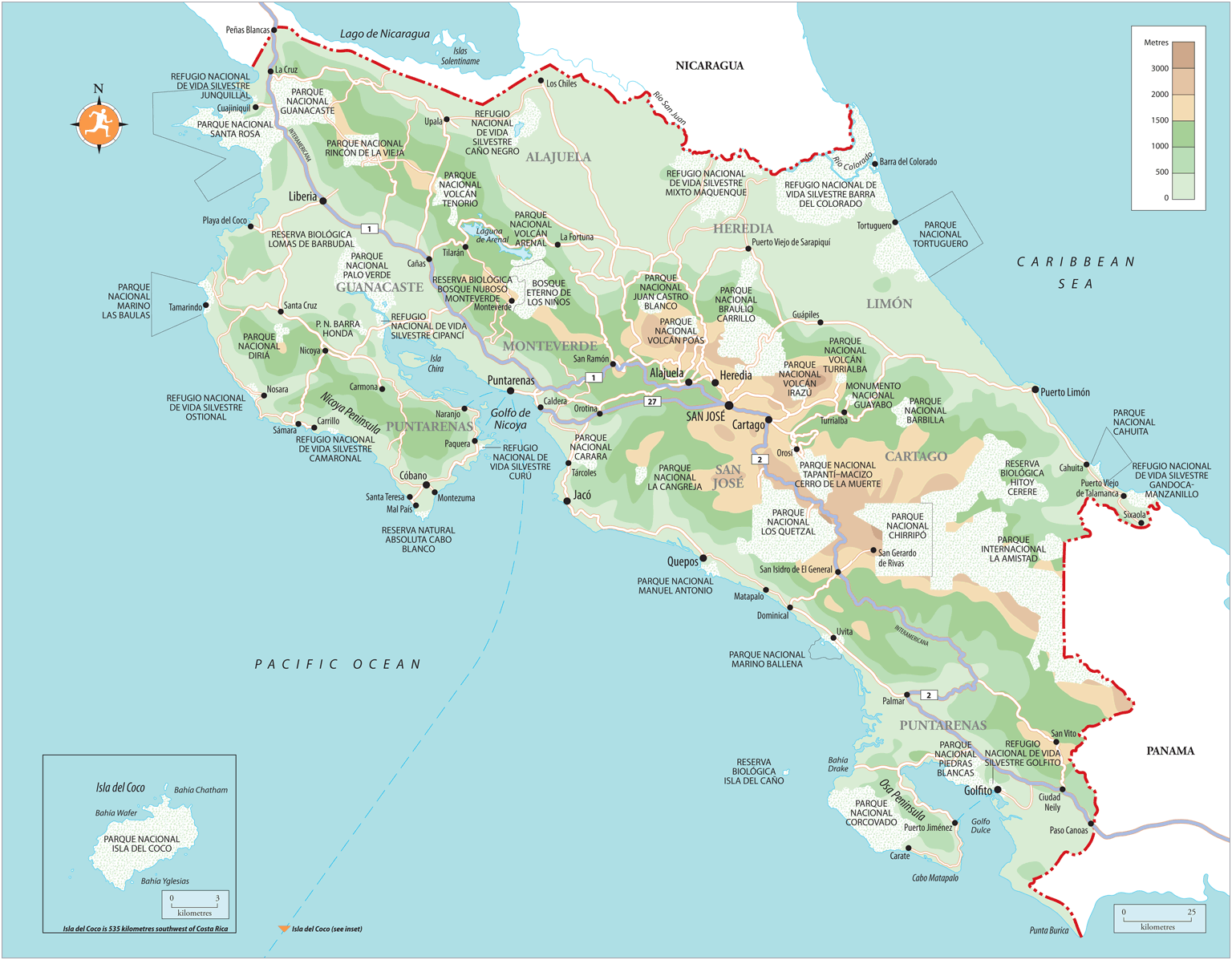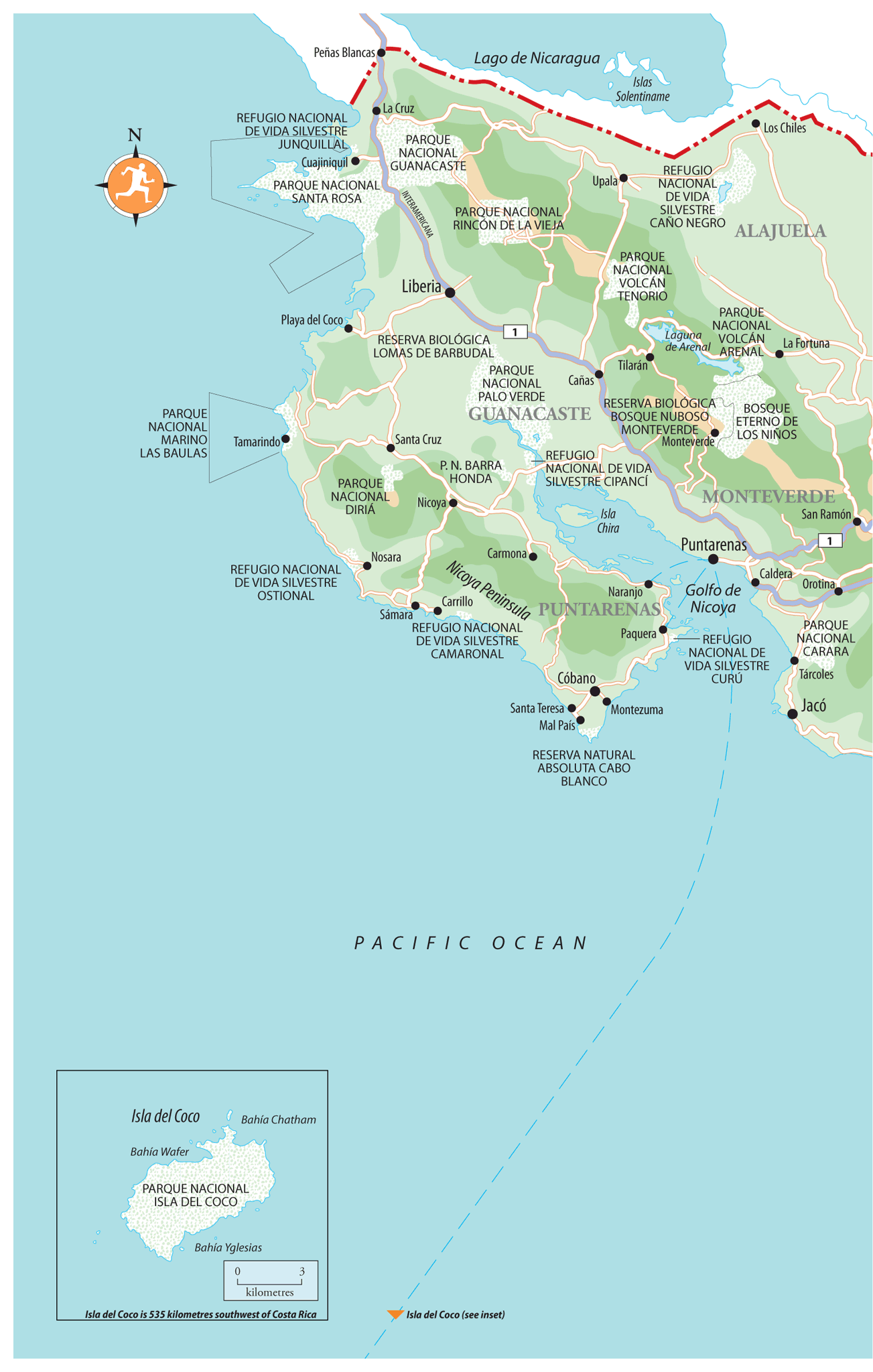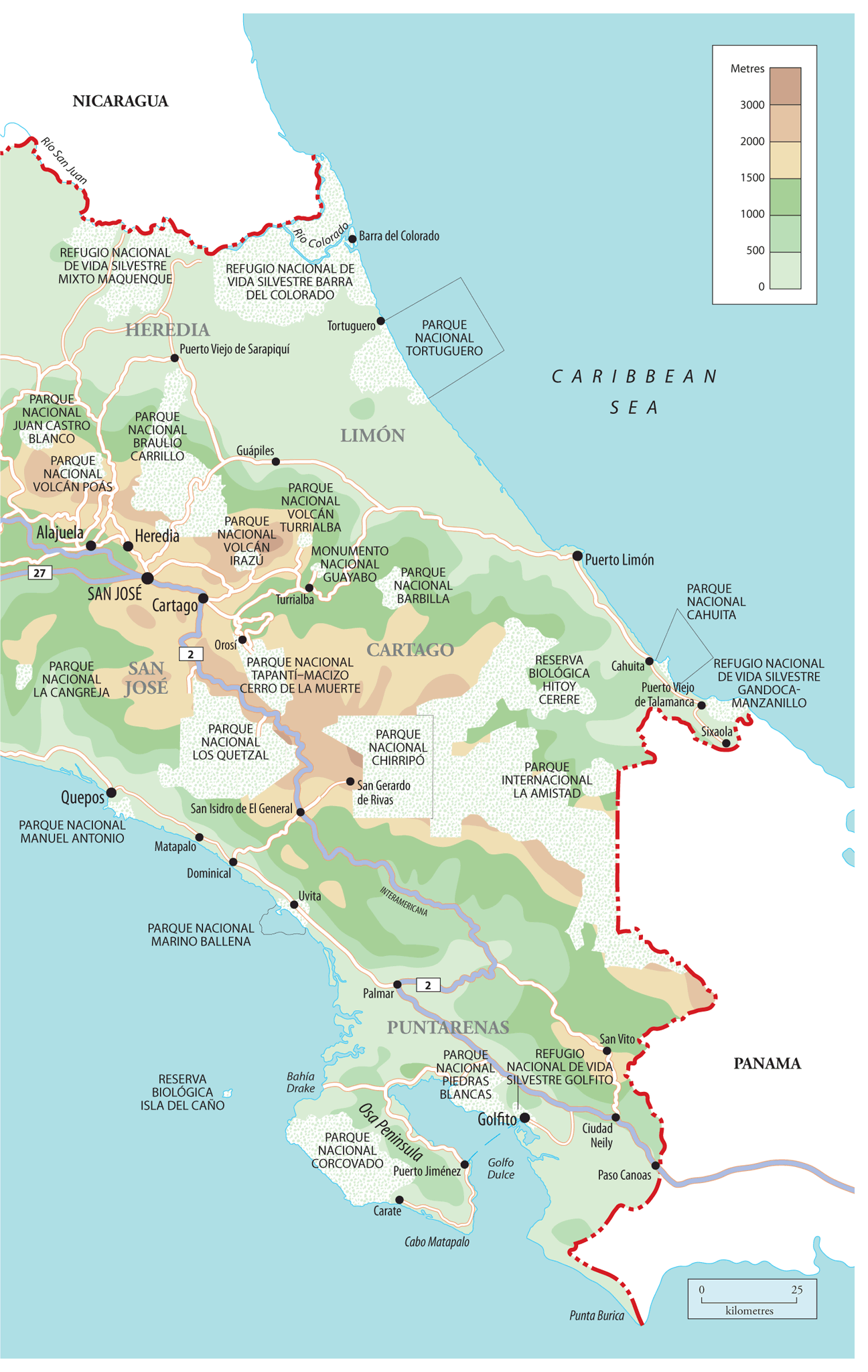HOW TO USE THIS ROUGH GUIDE EBOOK
This Rough Guide is one of a new generation of informative and easy-to-use travel-guide ebooks that guarantees you make the most of your trip. An essential tool for pre-trip planning, it also makes a great travel companion when youre on the road.
From the section.
Detailed area maps feature in the guide chapters and are also listed in the , accessible from the table of contents. Depending on your hardware, you can double-tap on the maps to see larger-scale versions, or select different scales. There are also thumbnails below more detailed maps in these cases, you can opt to zoom left/top or zoom right/bottom or view the full map. The screen-lock function on your device is recommended when viewing enlarged maps. Make sure you have the latest software updates, too.
Throughout the guide, weve flagged up our favourite places a perfectly sited hotel, an atmospheric caf, a special restaurant with the author pick icon  . You can select your own favourites and create a personalized itinerary by bookmarking the sights, venues and activities that are of interest, giving you the quickest possible access to everything youll need for your time away.
. You can select your own favourites and create a personalized itinerary by bookmarking the sights, venues and activities that are of interest, giving you the quickest possible access to everything youll need for your time away.
INTRODUCTION TO COSTA RICA
Democratic and prosperous, Costa Rica is Central Americas biggest tourist destination. The draw is not ancient Mesoamerican ruins or Spanish colonial history, but nature; the country is one of the most biodiverse areas on the planet, an ecological treasure-trove whose wide range of habitats lush rainforests and untouched beaches, steaming volcanoes and dense mangrove swamps supports an incredible variety of wildlife, from those loveable sloths and tiny, fluorescent green frogs to brightly plumed macaws and toucans. And its also peaceful; with its long democratic tradition Costa Rica is an oasis of political stability.
FACT FILE
- The Republic of Costa Rica lies on the Central American isthmus between the Atlantic and Pacific oceans, consisting of a mountainous backbone known as the Continental Divide , which rises to 3820m at the summit of Cerro Chirrip, its highest point flanked by low-lying coastal strips. The countrys area of 51,100 square kilometres (which includes the 24 square kilometres of Isla del Coco, 535km southwest of the mainland) makes it slightly larger than the Netherlands, slightly smaller than West Virginia.
- Costa Ricas population is largely of Spanish extraction, though theres a substantial community of English-speaking Costa Ricans of African origin along the Caribbean coast, as well as 64,000 indigenous people. Costa Rica is a young country: out of its population of 4.8 million, around a quarter are aged under 15; men currently enjoy a life expectancy of 77, women 82.
- The countrys main exports are coffee and bananas , though in recent years income from these products has been overtaken by that from tourism . Despite widespread poverty (around twenty percent of the population), the free and compulsory primary education system means that the country boasts a literacy rate of 96 percent, the best in Central America.
- Costa Ricas wildlife is mindboggling: the country is home to around 250 species of mammal (including ten percent of the worlds bat population); over 400 varieties of reptile and amphibian; nearly 900 species of bird; and a staggering 250,000 types of insect, including a quarter of the worlds known butterflies.
Though this idyllic image might not do justice to the full complexities of contemporary Costa Rican society, its true that the countrys complete absence of military forces (the army was abolished in 1948) stands in sharp contrast to the brutal internal conflicts that have ravaged its neighbours. This reputation for peacefulness has been an important factor in the spectacular growth of Costa Ricas tourist industry almost three million people visit the country annually, mainly from North America. Most of all, though, it is Costa Ricas outstanding natural beauty, and the wildlife that accompanies it, that has made it one of the worlds prime ecotourism destinations, with visitors flocking here to hike trails through ancient rainforest, peer into active volcanoes or explore the Americas last vestiges of high-altitude cloudforest, home to jaguars, spider monkeys and resplendent quetzals.
Admittedly, tourism has made Costa Rica less of an authentic experience than many travellers would like: some towns seemingly exist purely to provide visitors with a place to sleep and a tour to take, while previously remote spots are being bought up by foreign entrepreneurs. And as more hotels open, malls go up and potholed tracks get tarmacked over, theres no doubt that Costa Rica is experiencing a significant social change, with the darker side of outside involvement in the country sex tourism, conflicts between foreign property-owners and poorer locals and, in particular, drug trafficking all on the increase.
Costa Ricas economy is the most diversified in Central America, and has become even more so since the country finally entered into the then-controversial Central American Free Trade Agreement (CAFTA) in 2009, enhancing its economic ties with the US in the process. Computer processors and medical supplies now sit alongside coffee and bananas as key exports, although the countrys revenue from tourism still outstrips everything else. It is thanks to this money, in particular, that Costa Ricans or Ticos, as they are generally known now enjoy the highest rates of literacy, health care, education and life expectancy on the isthmus. That said, Costa Rica is certainly not the wealthy, globalized country that its often portrayed to be a significant percentage of people still live below the poverty line. While it is modernizing fast, its character continues to be rooted in distinct local cultures , from the Afro-Caribbean province of Limn, with its Creole cuisine, games and patois, to the traditional ladino values embodied by the sabanero , or cowboys, of Guanacaste. Above all, the country still has the highest rural population density in Latin America, and society continues to revolve around the twin axes of countryside and family: wherever you go, youre sure to be left with mental snapshots of rural life, whether it be horsemen trotting by on dirt roads, coffee-plantation day-labourers setting off to work in the mists of the highlands or avocado-pickers cycling home at sunset.
BIODIVERSITY UNDER PROTECTION
Despite its small size, Costa Rica possesses over five percent of the worlds total biodiversity , around 165 times the amount of life forms it might otherwise be expected to support. This is in part due to its position as a transition zone between temperate North and tropical South America, and also thanks to its complex system of interlocking microclimates , created by differences in topography and altitude. This biological abundance is now safeguarded by one of the worlds most enlightened and dedicated conservation programmes about 25 percent of Costa Ricas land is protected, most of it through the countrys extensive network of national parks and wildlife refuges.

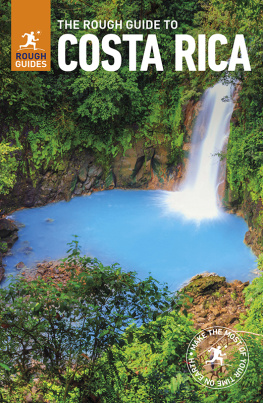

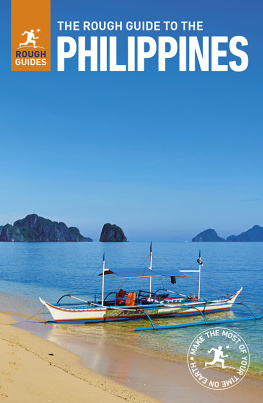
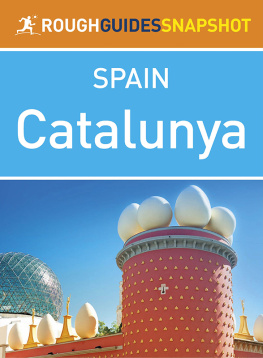
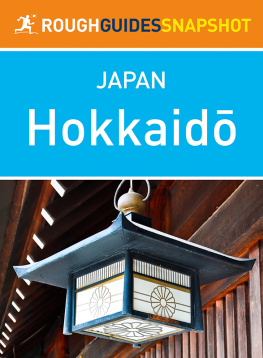
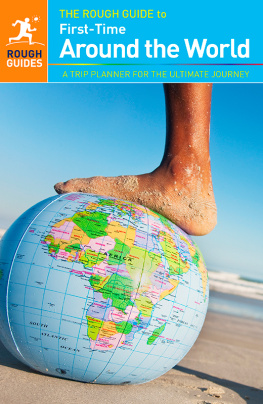

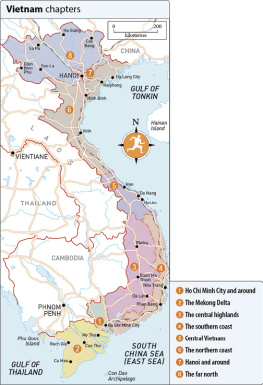
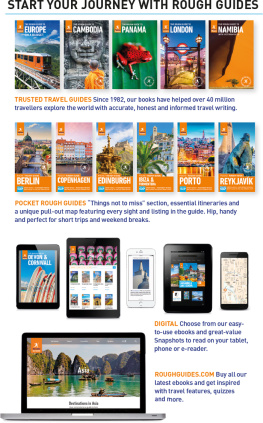

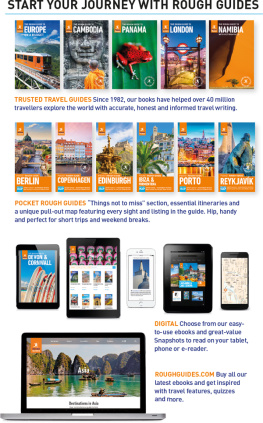
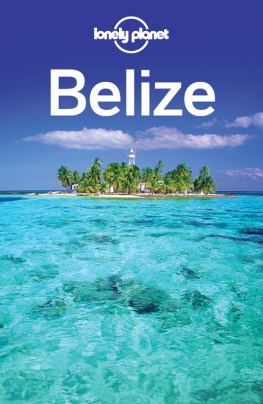
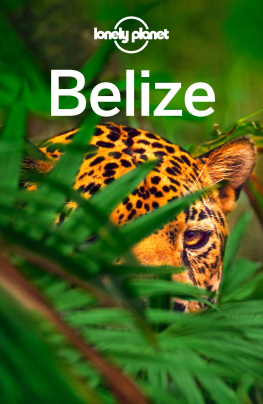
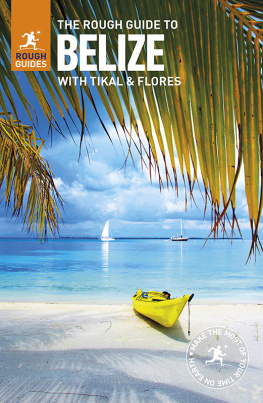
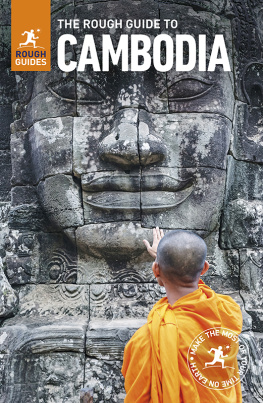
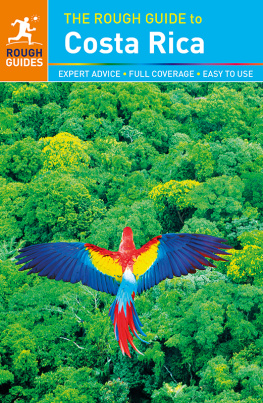

 . You can select your own favourites and create a personalized itinerary by bookmarking the sights, venues and activities that are of interest, giving you the quickest possible access to everything youll need for your time away.
. You can select your own favourites and create a personalized itinerary by bookmarking the sights, venues and activities that are of interest, giving you the quickest possible access to everything youll need for your time away.